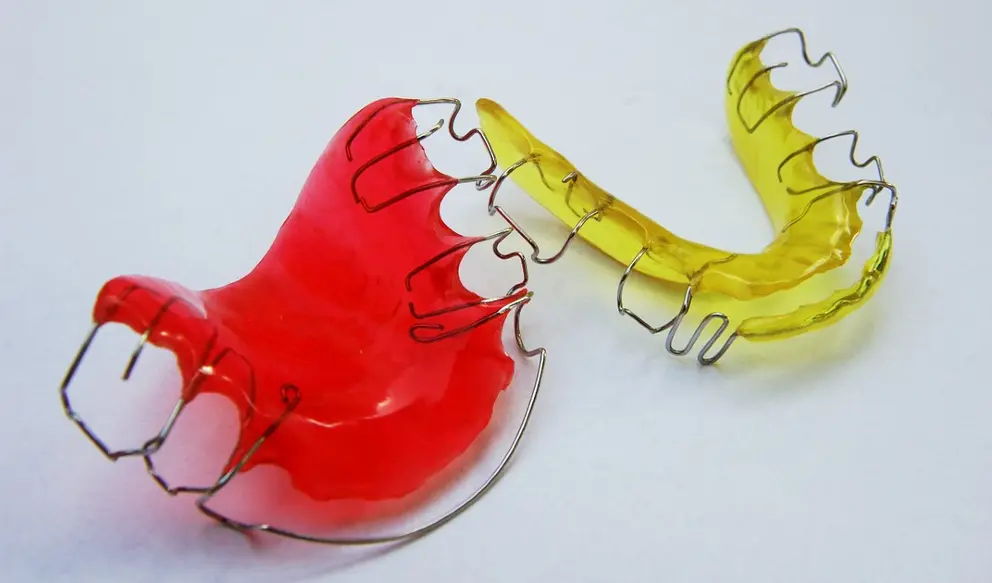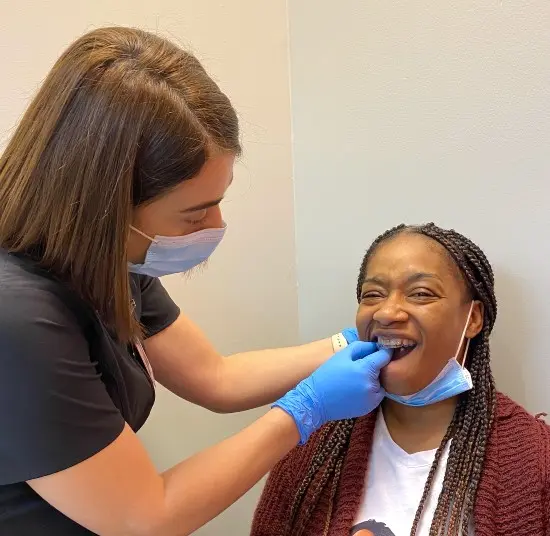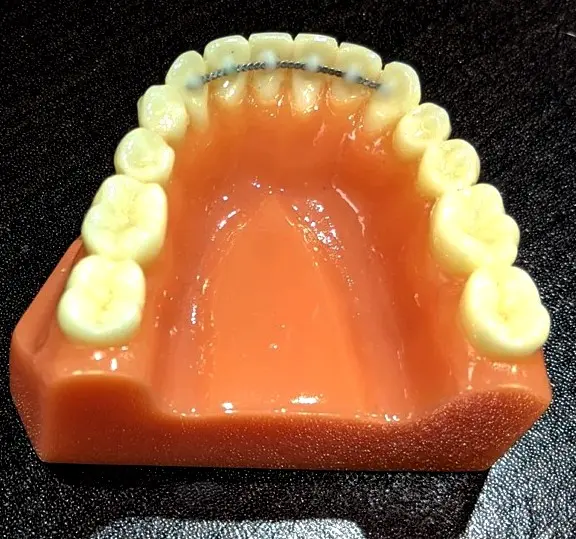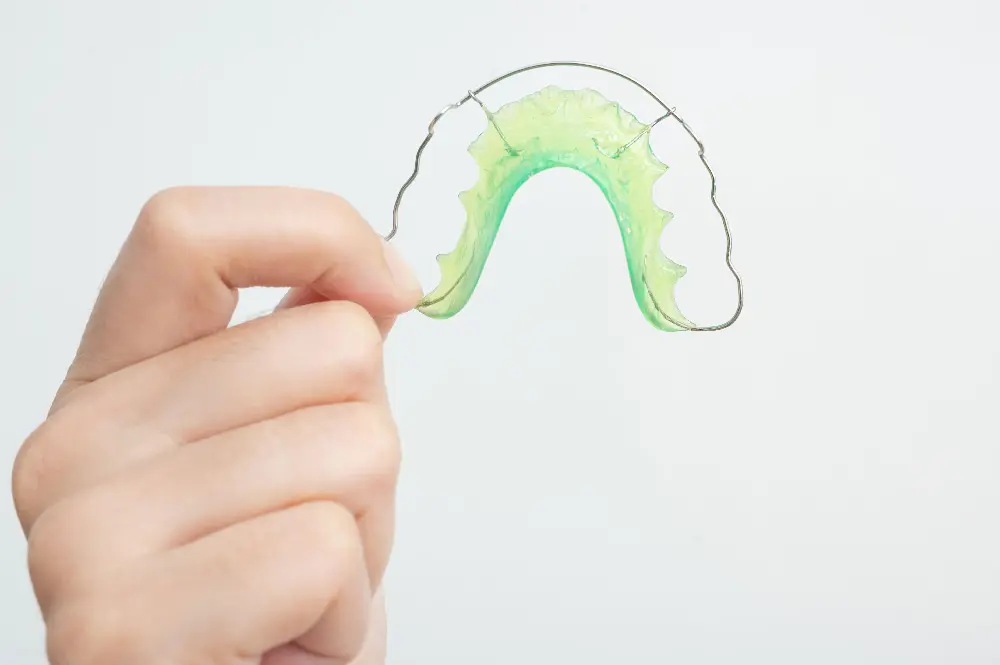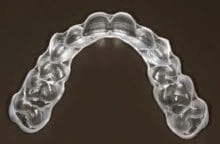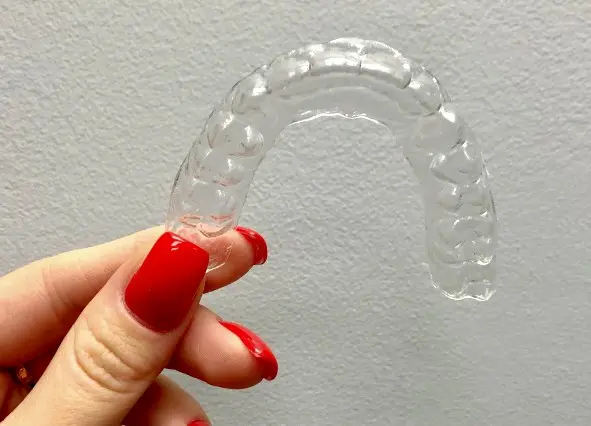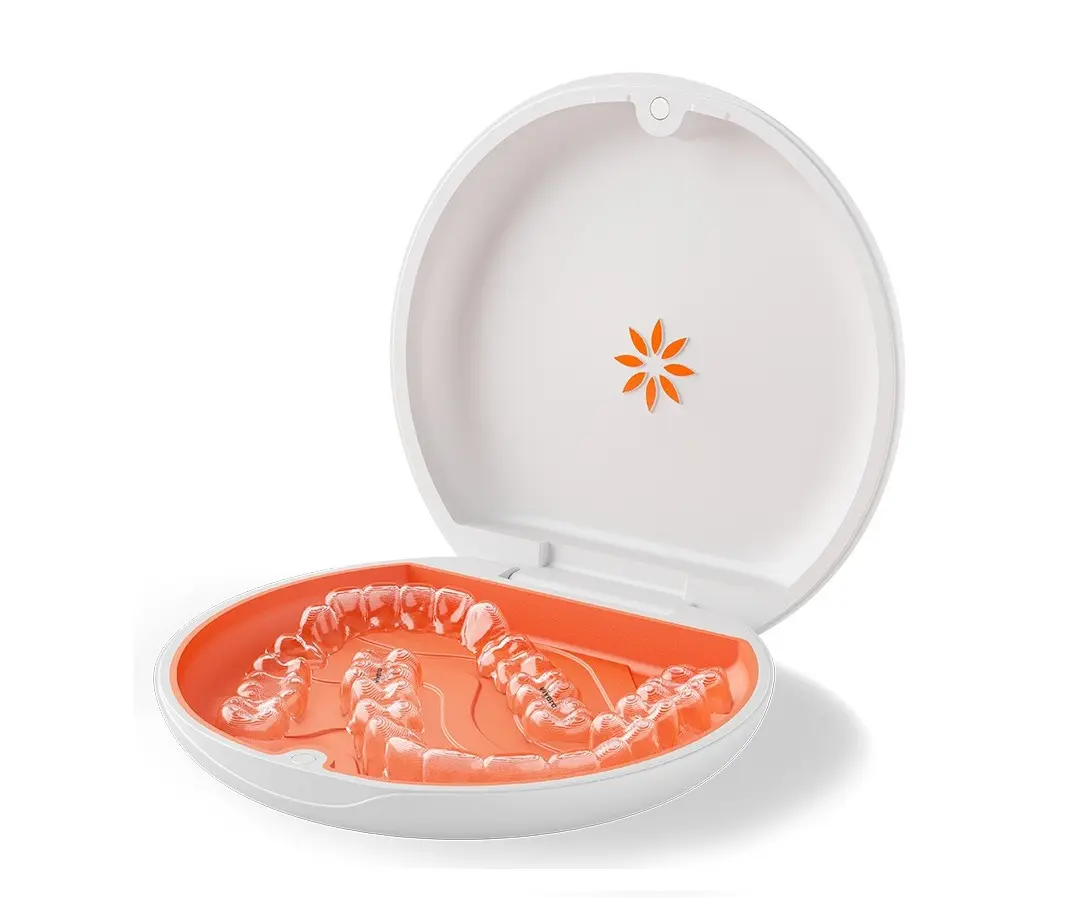It's important to care for your plastic retainers properly, to ensure they work. When you remove your retainers, store them properly in the case so they don’t get lost or damaged (or eaten by the dog!). Clean them every day, directly after removing them from your mouth.
To clean, either scrub with a soft toothbrush or denture brush, with warm water, or, for a deeper clean, with mild dish soap. Don’t use toothpaste, as it can scratch the retainer surface.
For a deeper clean, you can use cotton to clean out the grooves and ridges of the retainer. Your retainer may also come with a soaking solution to dip it in and break down bacteria. Soaking retainers in hydrogen peroxide a few times a week is another good way to break down bacteria.
When plastic retainers become worn down or broken, schedule a visit with your orthodontist to have new retainer molds made. How long your retainers last depends on individual factors, such as compliance, hygiene, extra wear and tear from grinding your teeth at night, etc.
